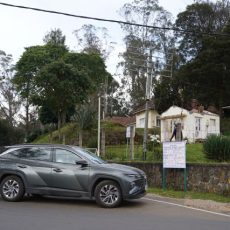Odisha is one of India’s most important tourism destinations, having a diverse range of tourist attractions including wildlife reserves, beaches and temples. With the Hyundai Verna, we headed out to explore this wonderful state

Story: Kurt Morris
Photography: Apurva Ambep
Road-trip vacations are without a doubt one of the most effective ways to feel refreshed and calm. Simply get in your automobile and see where the road leads. The majority of road excursions are planned, but unplanned road trips with friends are always enjoyable. Travelling by car is a fantastic way to see new locations. For our journey this time we explore the hidden gem of a state that is Odisha—one of India’s major tourist destinations, featuring wildlife reserves, beaches, temples, monuments, the arts, and festivals among the many tourist attractions. Just a glance at the Odisha Tourism tagline “India’s Best Kept Secret” will tell you that you are in for a real adventure while you explore this state.
Hyundai India have provided us with a fiery red Verna luxury vehicle. In its class, the Hyundai Verna is a fairly popular sedan. It features a new design language that is both sensual and athletic in nature. In its own way, it’s also brave and expressive. There have been some noticeable modifications in the front. The chrome has been darkened and the grille has been expanded. New LED clusters have replaced the headlights. The bumper has a more sporty look to it and gives the car an athletic flair.
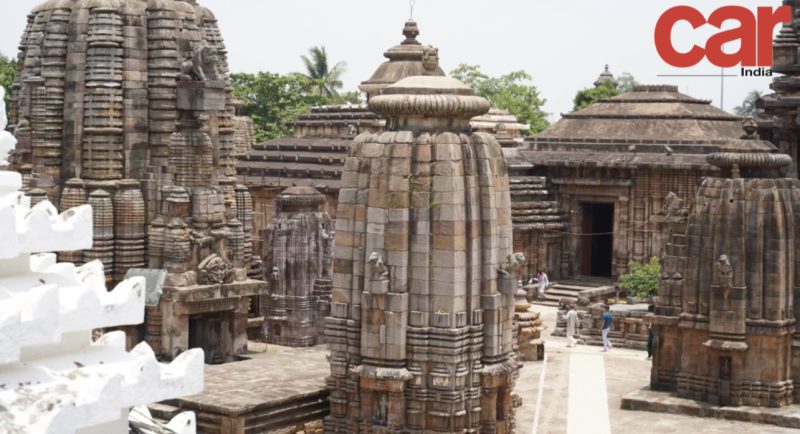
Odisha has various beaches along its almost 485-kilometre-long coast along the Bay of Bengal. So the beach was the best place to start our journey. There are hidden beaches, beaches that are free of contamination, and beaches that rejuvenate our senses, and Talasari is one of them. This virgin beach—which includes sand dunes and calmer waves amid palm trees, coconut trees, and cashew trees—is the last beach on India’s northeastern coast. Talasari is one of Odisha’s most peaceful and pristine beaches. The name Talasari is derived from the Sanskrit word “talasari”, which means “row of palm leaves” in Odia. The waters of the Bay of Bengal are incredibly tranquil, making it one of the safest beaches in the world. The rows of palm trees enhance the beach’s beauty, the meandering Subarnarekha river adds to the beach’s aesthetic appeal, the sand dunes and little red crabs add character, and the fishing hamlets and surrounding mangroves of Bichitrapur give the site a purpose.
We made our way to the Bichitrapur mangrove forest as we wanted to explore these mangroves. A little know fact is that waves during storm surges and tsunamis can be broken up by mangrove roots, which absorb some of the energy and protect those living near the coast from cyclone damage. Bichitrapur Mangrove Forest is a one-of-a-kind natural wonder located near the mouth of the river Subarnarekha in Odisha, India’s east coast. It is located along the Bay of Bengal’s shore and is known for its marine ecology, which contains a unique assemblage of floral and faunal resources. It is 15 km from Digha, West Bengal, and 59 km east of Balasore, the district headquarters. The pleasant view of mangroves, virgin casuarina forests along the coast, green sentinels of neighbouring villages, salubrious silvering beach shoreline, plenty of Red Ghost crab and Horseshoe crab, winged visitors of winter as well as resident birds, boating in tidal creeks, and nature’s trail are bewildering. Also, be on the lookout for eco-tourists.
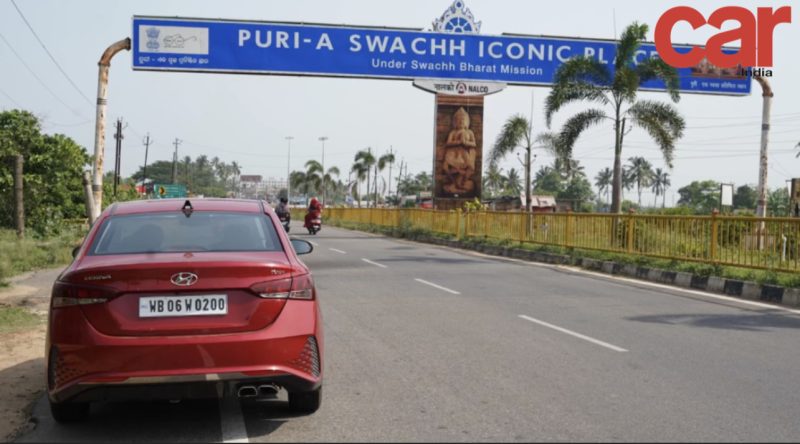
For a one-hour tour of the forest, a boat ride was our mode to explore the wilderness. Bichitrapur is located on the outskirts of the Baleshwar and Medinipur East districts. The trip will take one through a dense mangrove forest and to the confluence of the Subarnarekha River and the Bay of Bengal. During your journey, one may see red crabs, unusual tortoises, and mangrove trees. Additionally, a few lucky ones may even spot a dolphin or two that pop up to the surface for a couple of moments.
Continuing out along the coast of Odisha we reached Chandipur Beach; a beach unlike any other. At low tide, the receding waters provide a fantastic opportunity for a walk on to the seabed, a bike trip, or even a vehicle ride! The allure of driving recklessly on to the seabed draws a large number of interested visitors to this beach. Chandipur has one of the most magnificent seashores, with sand dunes, rocky beaches, and lush Casuarina trees giving the beach an air of romance and idyll. This one-of-a-kind phenomenon aids the beach’s similarly one-of-a-kind biodiversity. Horseshoe crab, starfish, and sea urchins, to name a few, can all be found there. The beach’s water is not really clean, making it unsuitable for swimming. The Integrated Test Range of the Defence Research and Development Organisation (DRDO) is also close to the Chandipur seashore. The Akash, Agni, Shaurya, and Prithvi ballistic missiles have all been fired from this location.
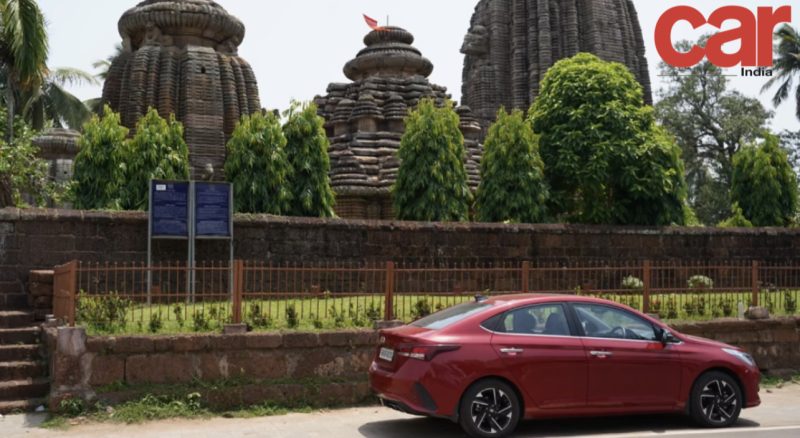
We would make our way back to the beach soon but, before that, we headed to Odisha’s state capital, Bhubaneswar. This state capital is picturesque, energetic, green, and clean, with a vibrant cultural life. The city is well-known for its temples and attracts visitors from all over the world. It’s perhaps the only city where one can get a real sense of the evolution of Hindu temple architecture. Bhubaneswar, a magnificent and historic city, is rich in cultural heritage, natural beauty, and fascinating history. With its enormous economic expansion and industrialisation, this fascinating city has been able to maintain its old rich charm.
Our first stop in the city of Bhubaneswar was the Dhauli Peace Pagoda. Dhauli, also known as Dhauligiri, is a hill located on the banks of the Daya River, eight kilometres south of Bhubaneswar. It is famous for the “Dhauli Santi Stupa,” a peace pagoda established by Japan Budhha Sangha and Kalinga Nippon Budhha Sangha to commemorate the Great Kalinga War. The fight took place in Dhauli, and the emperor Ashoka had a particular weakness towards it. After the battle, the Daya river is supposed to have become red with the blood of those who died, allowing Ashoka to comprehend the horrors of war. He sought to see Dhauli grow into a significant Buddhist centre.

After taking in the magnificent Pagoda we headed to the Udayagiri and Khandagiri caves. The caverns of Udayagiri and Khandagiri, known in inscriptions as lena or lea, were excavated primarily during the reign of Kharavela for the residence of Jaina ascetics. Ranigumpha, a double-storeyed monastery in Udayagiri, is the most important of this group. King Kharavela (second to first century BCE) of the Mahamegavahana dynasty, which governed the ancient kingdom of Kalinga—modern-day Odisha—from the second century BCE to the fifth century AD, excavated the caverns at Udayagiri and Khandagiri. The Udayagiri and Khandagiri caverns were built for Jain ascetics.
Bhubaneswar, Odisha’s capital, is known as the “city of temples” since it has over 700 temples on its hallowed grounds. The majority of these temples were created to honour the mighty Lord Shiva, one of Hindu culture’s most powerful legendary gods. Bhubaneswar’s Lingaraja temple is the city’s largest. The temple’s central tower stands at a height of 180 feet (55 metres). The temple epitomises Kalinga architecture, bringing the medieval stages of the architectural style to a close in Bhubaneswar. It is a wonderful dedicated structure whose shaping began in the 10th century by King Jajati Keshari and was finished in the 11th century by King Lalatendu Keshari.
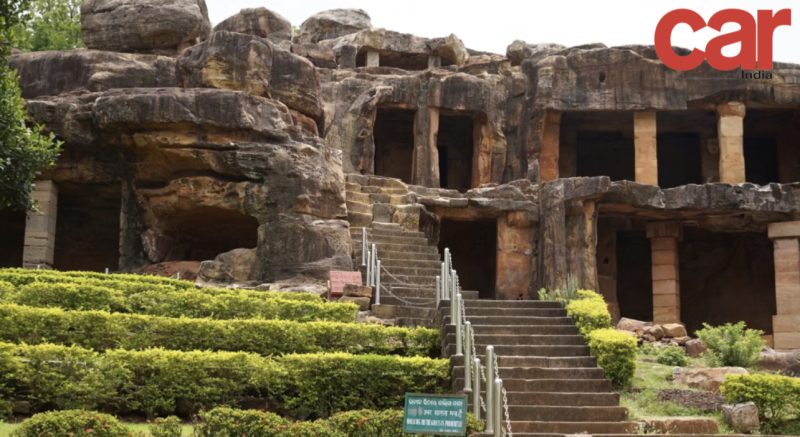
Having taken in the sights in the city of Bhubaneswar, we headed out to the countryside to Chilika Lake. It was formed by the Mahanadi river’s silting activity, which flows into the lake’s northern end, and the Bay of Bengal’s northerly currents, which built a sandbar along the eastern side, resulting in the construction of a shallow lagoon. On the Indian subcontinent, it is the largest wintering area for migratory birds. It is one of the country’s biodiversity hotspots, with some uncommon, fragile, and endangered species listed on the IUCN Red List of Threatened Animals spending at least part of their lives in the lake area.
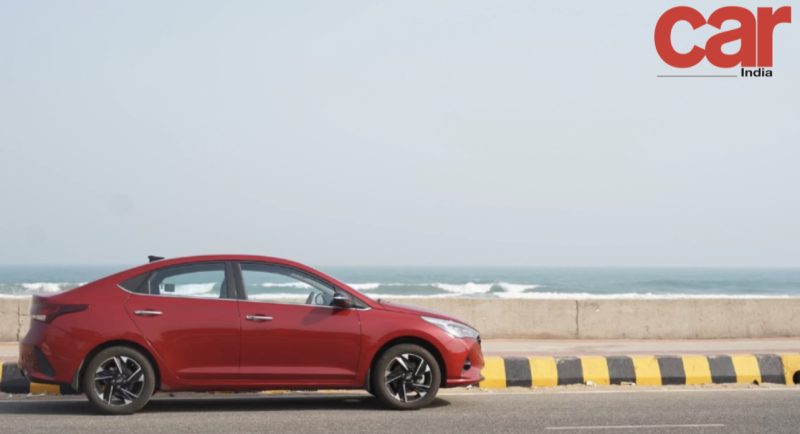
On the way to our final stop in the small beach town of Puri, we had to visit the iconic Konark Sun Temple. The Konark Sun Temple is dedicated to the Sun God, Surya, and is located in the eastern state of Odisha. It is a massive portrayal of Surya’s chariot, with 24 wheels decorated with symbolic motifs and a team of six horses leading it. The Konark Sun Temple is a UNESCO World Heritage Site known for its unusual architecture. Sundials were made out of their geometrical patterns and carved wheels. At dawn, noon, and sunset, three pictures of the Sun God can be seen in three directions, catching the rays of the Sun. The temple was built in AD 1250 by King Narasimhadeva I of the Eastern Ganga dynasty. What remains of the temple complex, dedicated to the Hindu Sun God Surya, resembles a 100-foot (30-m) high chariot with massive wheels and horses, all carved from stone.
We now end our trip on the coast of Odisha with its pristine beaches Puri made for a perfect destination to end our journey. Puri Beach, also known as the Golden Beach, is a beach in the city of Puri. It is located on the coast of the Bay of Bengal and is a popular tourist destination as well as a Hindu holy site. The pilgrim town’s golden beaches, which run along its eastern border, are well-known. Tourists can be found taking to the sea and enjoying a leisurely bath on one of the country’s safest beaches. The beach attracts visitors throughout the day, with the exception of the afternoon. Puri is one of the few places in the world that may provide spiritual redemption as well as natural thrills. The beach provides guests with the seclusion and peace they need to soak up the city’s mysterious appeal.

Let’s not forget about the Hyundai Verna. It was an excellent travel companion. The lively new Verna is the ultimate example of flair and performance on four wheels, with a powerful new line-up of petrol and diesel engines and a sophisticated and well-built design. We had the chance to travel to “India’s Best Kept Secret,” Odisha, with its people who live in peace and with mutual respect for minorities. Odisha’s rich cultural heritage is impressive and these were our key takeaways from this amazing trip.
Also Read
Story by Kurt Morris



